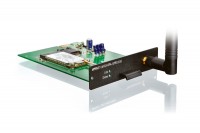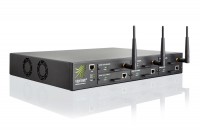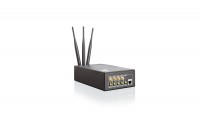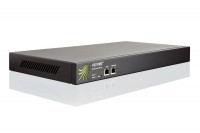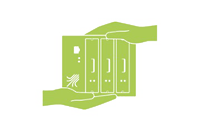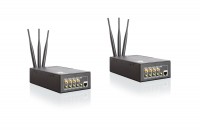It is a bundle of software and service components available by subscription, with features including:
- Firmware and software updates
- Telephone and email support from Viprinet partners or from our Viprinet Support
- Advance Replacement (ARMA) for defective devices
- Remote dial-in
- Free of charge hardware replacement in case of EOS and existing subscription
- That gives clients the assurance that the product will always be supported, regardless of its age

